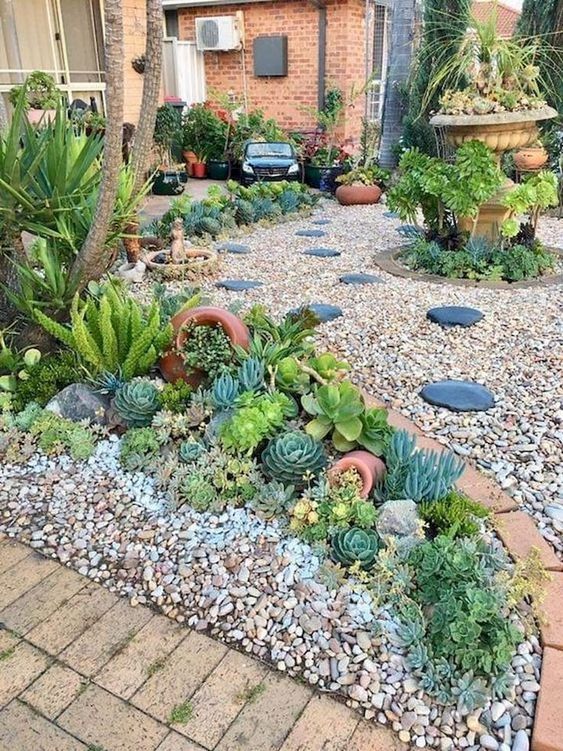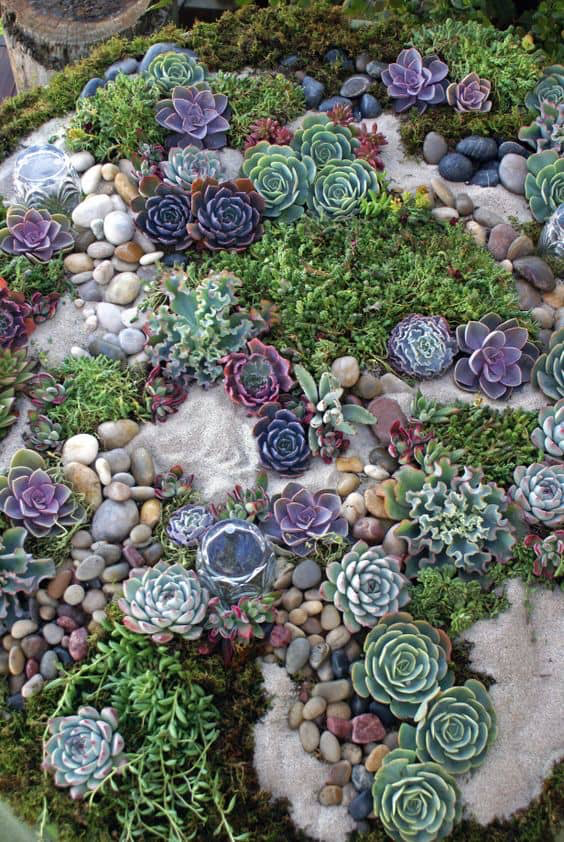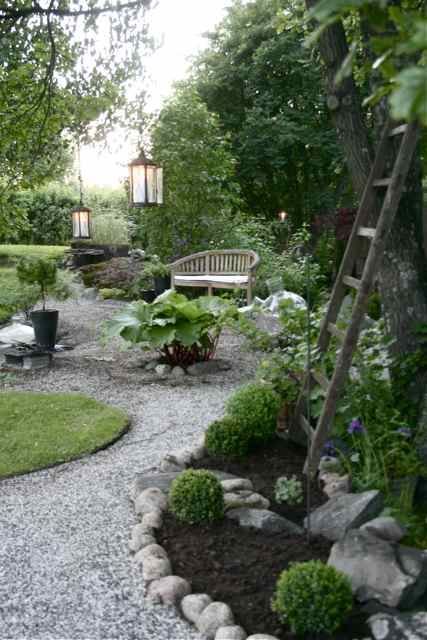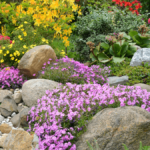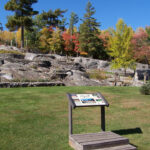Rock gardens have been a popular landscape design choice for centuries, with origins dating back to ancient Japan and China. These unique and visually striking gardens are made up of carefully arranged rocks and a variety of plants, creating a serene and naturalistic environment. The use of rocks in landscaping has long been valued for their symbolic and aesthetic qualities, and rock gardens continue to be a favored option for homeowners looking to add a touch of tranquility to their outdoor spaces.
One of the key benefits of rock gardens is their low maintenance requirements. Because rocks do not require watering, fertilizing, or regular pruning like traditional plantings, rock gardens are a great option for those with busy schedules or limited gardening experience. This makes them an ideal choice for gardeners looking to create a beautiful and unique landscape without the need for constant upkeep.
In addition to their low maintenance requirements, rock gardens are also known for their versatility. They can be designed in a variety of shapes and sizes, making them suitable for landscapes of all sizes. Whether you have a sprawling backyard or a small balcony, a rock garden can be customized to fit your space and style preferences. With the addition of a variety of plants, such as succulents, alpines, and grasses, rock gardens can also be tailored to suit different climates and environments.
Rock gardens are not only visually appealing, but they also offer a range of environmental benefits. The use of rocks and other natural materials in landscaping helps to conserve water and reduce the need for chemical pesticides and fertilizers. Additionally, rock gardens can provide habitat for a variety of wildlife, from insects to small mammals, contributing to the overall biodiversity of your garden.
When it comes to creating a rock garden, there are a few key principles to keep in mind. Start by selecting a suitable location for your garden, taking into account factors such as sunlight, drainage, and soil type. Next, choose a variety of rocks in different sizes, shapes, and colors to create visual interest and texture. Finally, add a selection of plants that thrive in rocky environments, such as sedums, mosses, and dwarf conifers. With careful planning and attention to detail, you can create a beautiful and sustainable rock garden that will enhance your outdoor space for years to come.
In conclusion, rock gardens are a versatile and environmentally friendly landscaping option that can add a unique and tranquil element to any outdoor space. With their low maintenance requirements, visual appeal, and range of environmental benefits, rock gardens are a popular choice for homeowners looking to create a beautiful and sustainable garden. Whether you have a small balcony or a sprawling backyard, a rock garden can be tailored to suit your space and style preferences, providing a peaceful and naturalistic retreat in your own backyard.
 yishifashion Where Outdoor Dreams Become Reality
yishifashion Where Outdoor Dreams Become Reality
